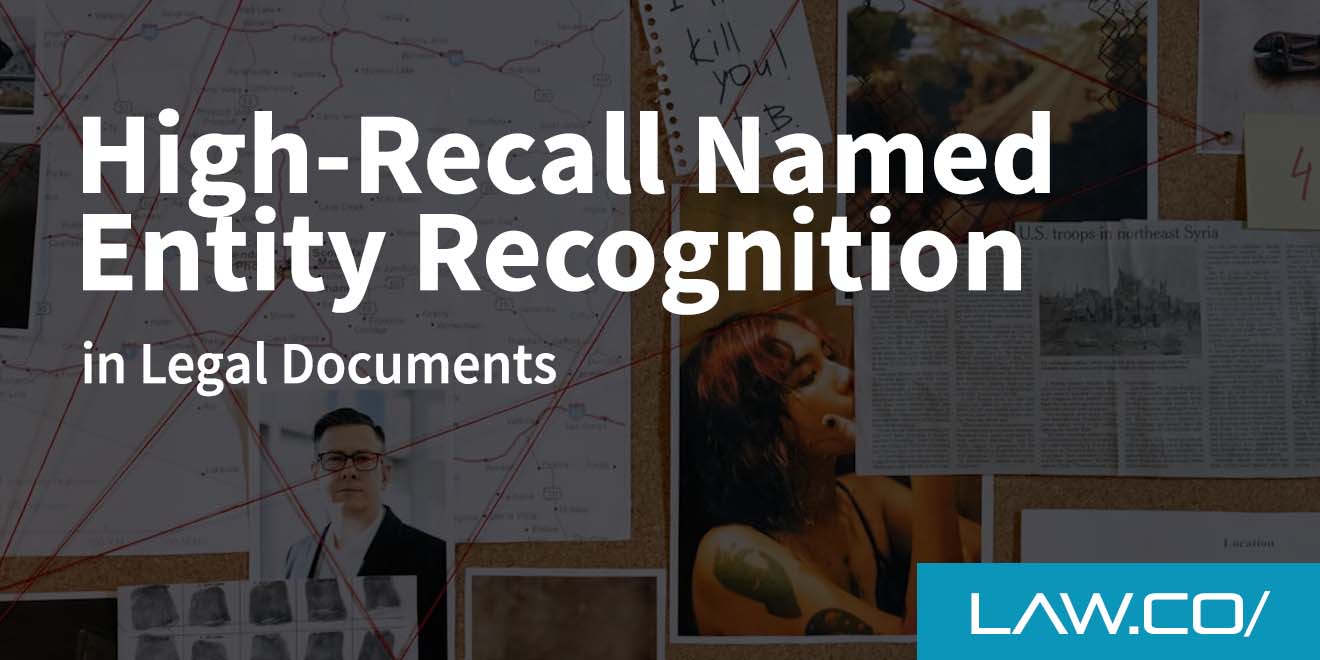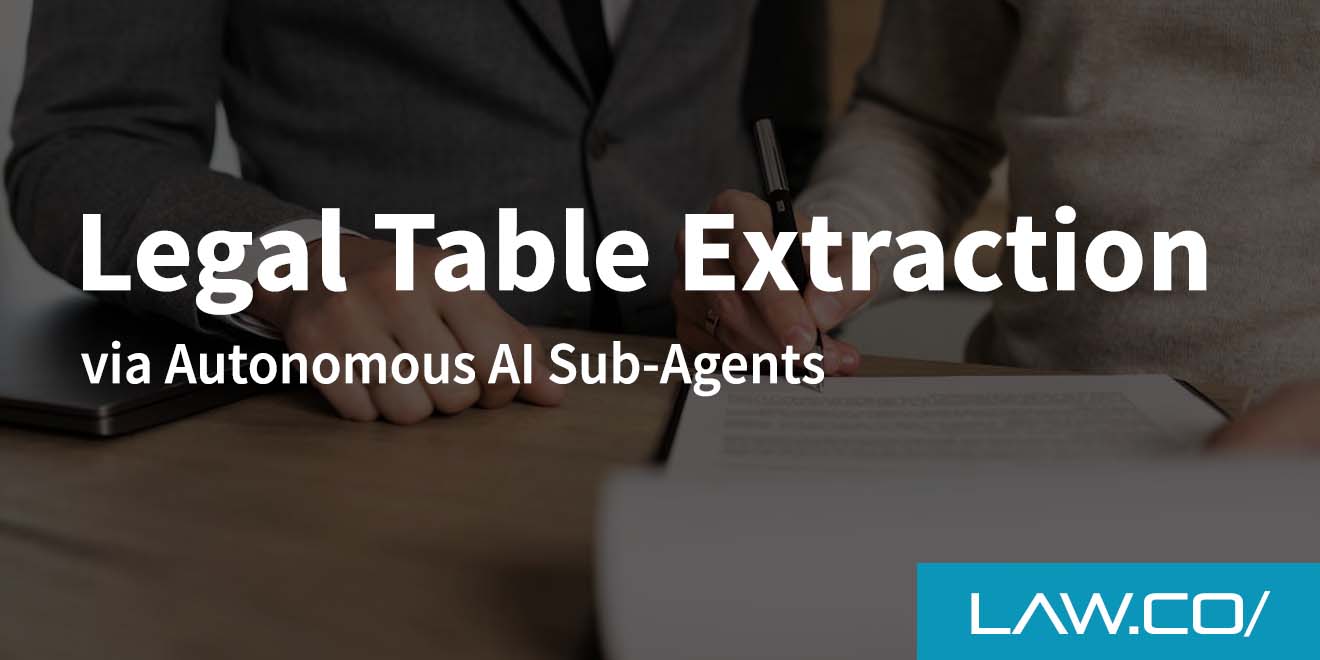

Effective AI Governance: Introducing the AI Adoption Hub
AI is rapidly advancing and permeating every aspect of our lives. As a result, proper AI Governance is essential in order to ensure responsible and trustworthy AI development. To support this need the AI Adoption Hub has arrived: an industry-leading centralized platform that acts as a control center for organizations looking to deploy smart tech solutions through Artificial Intelligence (AI).
The hub provides advanced data tracking and compliance with regulatory standards, eliminating risk factors associated with adoption. This blog will discuss the three immediate benefits of the AI Registry as part of the Adoption Hub, highlighting why now more than ever organizations must be proactive in their AI governance.
The AI Registry: Where AI Governance Begins
Purpose of the AI Registry
The AI Registry is a centralized platform provided by the AI Adoption Hub. The purpose of the adoption includes registration, tracking, security, and audit capabilities (not just simply content audits) across different projects for responsible decisions about AI implementation.
This dedicated management portal enables organizations to not only assess cost/benefit analyses for each project along its lifecycle but also ensure legal compliance with applicable regulations on data safety and privacy-assured risk practices.
From an executive-level perspective, it expedites storing valuable insights in order to anticipate risks associated with running smart automation while fostering greater trust between technology solutions providers. It also keeps innovation alive to remain agile and competitive in current markets the same time aligning their values toward collective social responsibility- such a move positively fosters long-term growth prospects for similarly forward-thinking enterprises.
Role of the AI Registry in overseeing AI adoption and implementation
The AI Registry is a centralized platform for overseeing and governing AI adoption and implementation. It enables organizations to track, organize and evaluate the most pertinent principles of ethical AI adoption.
By mapping out AI lifecycle processes such as consent management, monitoring and oversight, bias reduction, and impact assessment and reporting, helps optimize efficient returns through responsible solutions.
The AI Registry also offers unparalleled risk mitigation capabilities by serving up precise guidelines on data protection laws like GDPR before any new technology deployment takes place.
Importance of a centralized platform for managing AI initiatives
The AI Registry is the starting point for effective AI Governance. It serves as a centralized platform where organizations of all sizes can access and manage Active Initiatives (hybrid AI products, systems, and safeguards).
This reduces wasted effort from duplicate efforts and enables better continuity across initiatives from various departments or divisions. Not having this central repository creates opportunities for individual initiatives to exist and proceed in unawareness of related initiatives which disproportionately increases associated risks without detection.
Centralizing governing policies also eliminates risk by ensuring everyone on the development team follows the defined process at each stage while benchmarking intended objectives transparently.
Three Immediate Benefits of the AI Registry
1. Efficient and Effective AI Adoption Tracking and Prioritization
How the AI Registry enhances tracking and prioritization of AI initiatives

The AI Registry provides organizations with an efficient way to track and prioritize AI initiatives. By providing a centralized platform for collaboration, the AI Registry Streamlines processes around goal setting, strategy alignment, assigning objectives weighting throughout the organization as well as monitoring compliance of agreed business goals and performance benchmarks on an ongoing basis.
Having clarity across multiple IT departments enables better planning and integrated execution that drives efficiency gains and creates greater adaptability going forwards in agile improvements.
Impact of streamlined AI adoption on return on investment (ROI)
The AI Registry is essential for the effective tracking and prioritization of AI adoption initiatives. Companies no longer need to rely on manual processes- like spreadsheets- to stay organized or assess ROI.
With the trend towards smarter, automated operations, AI teams can rapidly deploy adopted projects into their existing ecosystem with confidence that products‚ services and resources are efficiently and effectively managed in line with goals easily seen via the centralized platform.
Streamlined adoption also increases ROI as costs are reduced significantly due to a reduction of supporting infrastructure required. AI teams also become more informed due to increasingly easier access to data and insights-capturing opportunities created by the blurring of products, platforms, and technologies.
2. Effective AI Risk Management through Business Risk Identification

How the AI Registry helps identify and mitigate AI-related business risks
The AI Registry helps establish preconditions for effective AI risk management by identifying relevant business risks. It captures quantitative measures of data, which are grouped into actionable segments to give organizations clear views or a "total risk picture" of their operations and key AI initiatives.
Through automated analysis capabilities, this comprehensive approach provides businesses with an insightful understanding of underlying issues that programs may have and identify ways to address them through proactive actions. Thus, the overall effectiveness of businesses’ AI risk management efforts can be improved while organizations remain compliant with current and future regulations.
Enhancing efficiency and effectiveness of AI risk management practices
Organizations leveraging the AI Registry are empowered with efficient and effective risk management through business risk identification. Features such as automated workflows and tracking of pending tasks reduce costly manual efforts for organizations to allocate resources adequately to manage foreseeable risks.
There is also increased granularity regarding technologies, initiatives, and parameter categories regulators are demanding companies address when creating an evaluation process for AI-related operations to ensure compliance requirements related to data privacy and security have been met.
3. Compliance with Emerging Regulatory Requirements
Evolving regulatory landscape for AI adoption

The regulatory landscape for AI adoption is evolving rapidly. AI-powered advancements are subject to different laws governing business practices and data, making it increasingly challenging to responsibly adopt new AI technologies.
The ability to comply with these dynamic regulations is essential in order to maintain trust and sustain business operations that leverage advanced AI toolsets.
The AI Registry provides organizations with the resources needed to keep track of current regulatory standards for effective compliance with applicable legislation guiding the usage of artificial intelligence platforms.
How the AI Registry assists organizations in meeting regulatory obligations
The AI Registry allows organizations to efficiently and effectively manage ever-evolving regulatory standards.
It provides a secure database of AI initiatives in which users can keep track of every detail, from focus area, timeline, and expected outcomes to stakeholder responsibilities.
Additionally, the AI Registry keeps records up to date with legislative updates and usage data which help organizations remain compliant with established standards for data integrity.
Conclusion
AI Adoption Hub and its corresponding AI Registry have critical implications for establishing effective governance standards around AI adoption.
With a timely implementation of appropriate regulation overseeing nascent AI innovations, organizations can benefit from improved decision-making architectures with better resource management, improved risk management capabilities, and enhanced compliance with applicable laws and regulations.
Collectively these traits create reinforcing circularities capable of expediting safe and secure implementations while preserving the transparency of operations for regulators. Doing so will go a long way in reinforcing trust within the industry as well as amongst the stakeholders it serves.

%201.svg)










